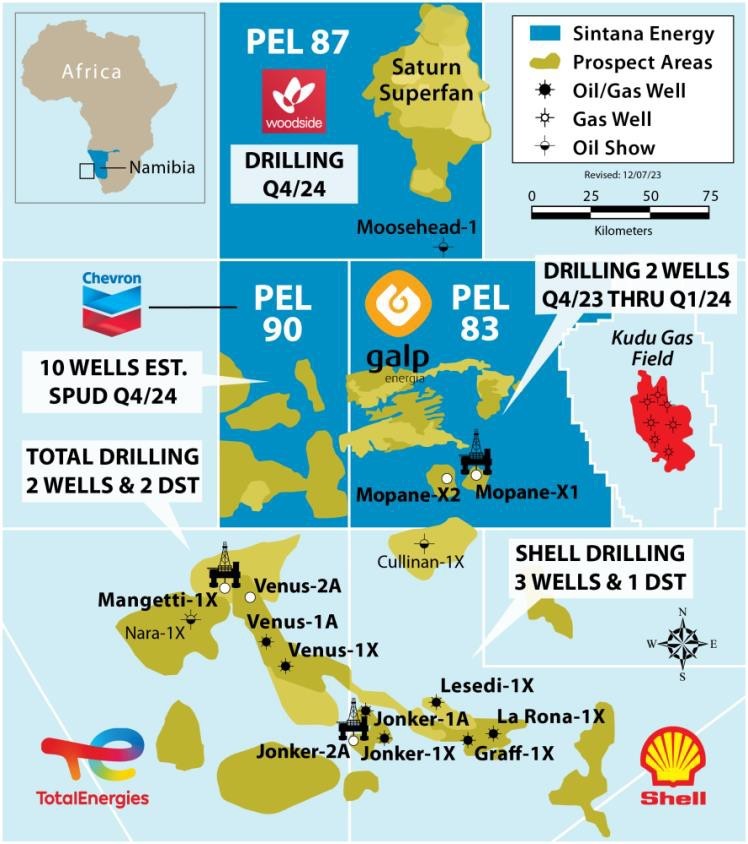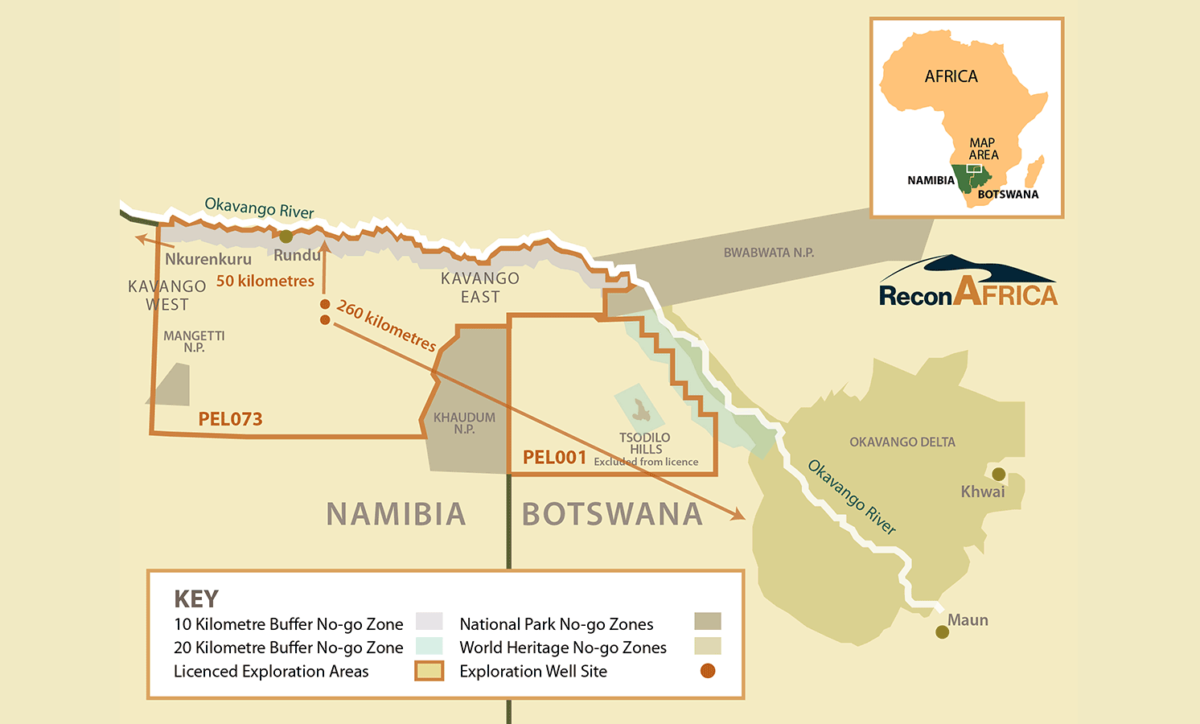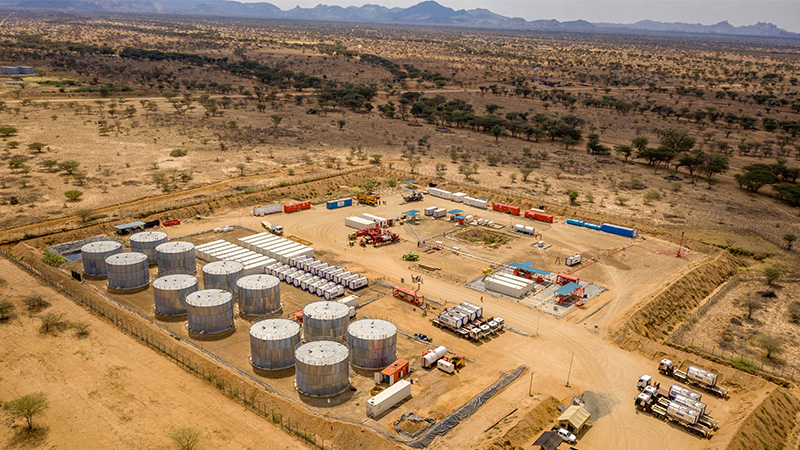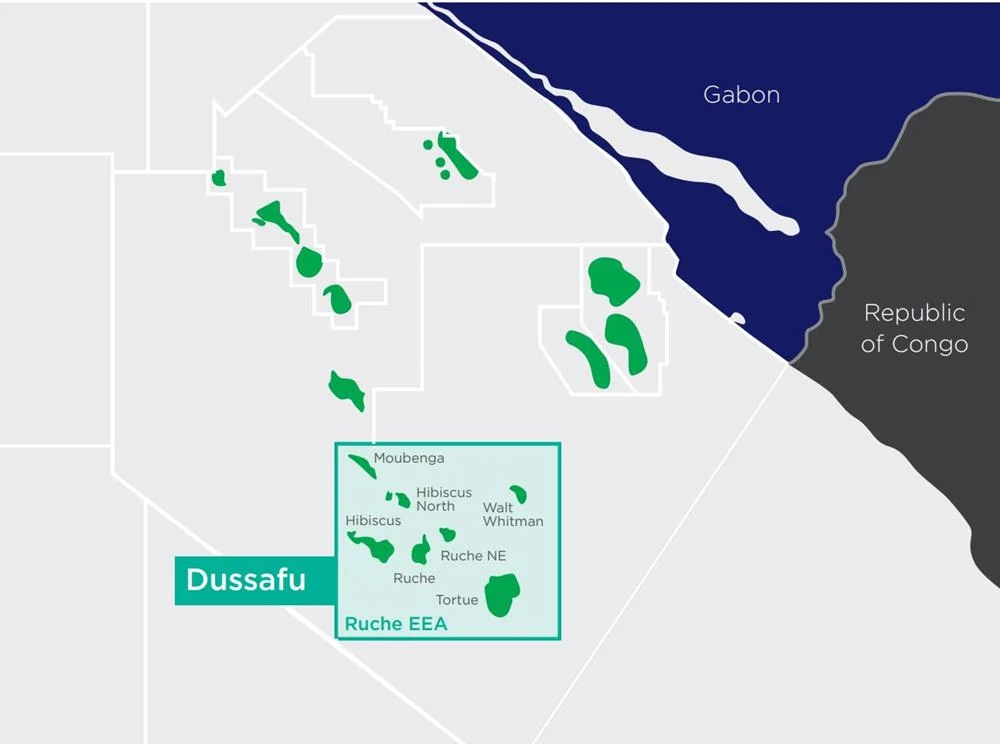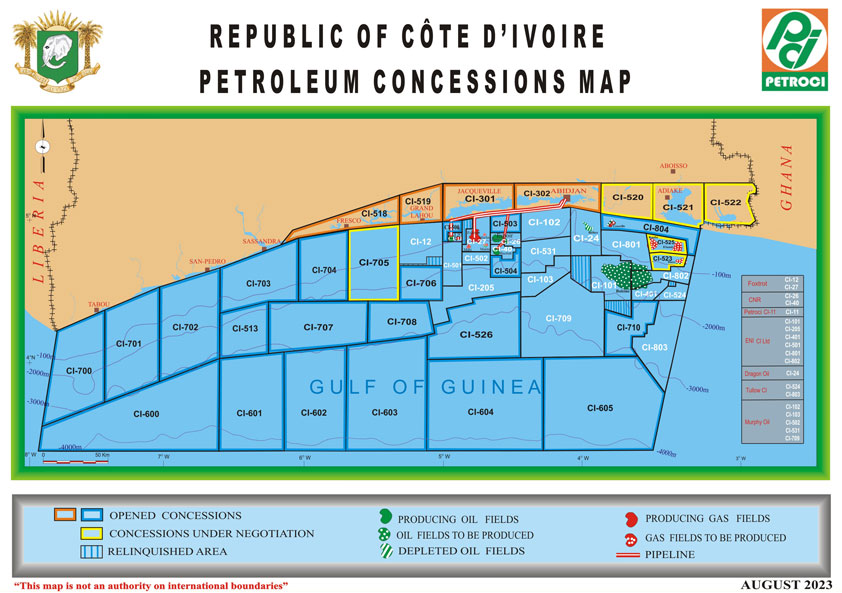Senegal: Investors Should Look Onshore
Senegal is the hotspot for energy investment in West Africa right now, owing to a string of huge offshore hydrocarbons discoveries since 2014 (as well as its compelling renewables potential). The emergence of Senegal as a regional energy power is an exciting story. But for almost two decades, in fact, the country has been producing its own natural gas onshore, an hour’s drive from Dakar. Further investment could unlock Senegal’s onshore potential.
Introducing Onshore Senegal
Fortesa International, led by CEO Rogers Beall, started exploring in Senegal in 1997 and from the start, Beall aimed to create a business that was fully Senegalese. Today, the company has a staff of 125, with two expatriate mentors and some African expatriate staff, but the vast majority (around 98 percent) is Senegalese nationals. Beall has continually advocated for Senegal with U.S. companies and now serves on the U.S.-Africa Committee for the African Energy Chamber.
As AOP drove out to the Fortesa production site this week, Beall pointed to a plateau in the far distance, while we passed through a shallow valley. That, he said, is the edge of the 120-square-kilometer Thiombane Dome geological formation. It sits on the eastern side of the carbonate shelf edge that runs north to south along the coast of West Africa.
Volcanic eruptions in the sea 175 million years ago, joined up by sand blown in from the Sahara, created the Dakar peninsula. That same feature on the carbonate shelf edge extends deep into the Atlantic Ocean, and this is the basis for the massive offshore oil and gas fields generating so much excitement globally. This is where North America used to connect to Africa, and where we are driving now used to be the state of Georgia before it was the deep ocean bed. The African plate itself never moved.
“The single place between Morocco and Guinea where that shelf comes onshore is east of Dakar,” says Beall. Here, on land and a short drive from the capital, Fortesa is operating seven wells (one out of service temporarily due to an accident – the company’s first serious one – on December 20, 2020) tied back to a gas processing plant. The manifolds and tanks were built in Senegal, the whole facility was assembled by a local team, and on our visit, we met with dozens of Senegalese workers who had trained with Fortesa and were operating the facilities.
The Gadiaga field usually produces 3 million cubic feet (mcf) per day and could produce 7 mcf per day. This small field has produced just over $95 million of natural gas. But, as Beall says, “This is small potatoes compared to what Senegal needs.” The geology says that Gadiaga may sit next to a much larger gas field situated on the edge of the shelf in the Thiombane Dome. This strong potential is what Fortesa wishes to explore and develop, with fellow investors.
Natural Gas Could Do More
Fortesa’s operation may look familiar in the Niger Delta, where local companies have been producing onshore from marginal fields since 2002. But in this region, Fortesa’s gas production business is unique, and like the most effective Niger Delta marginal field companies, it enjoys the support of the local community to staff and safeguard the well sites, pipe yard and processing plant.
Energy independence is the key to Senegal’s success, says Beall. Energy poverty is a trap that ties people down to subsistence living from Senegal to Somalia. Natural gas, available in abundance onshore as well as far out to sea, can be a fuel to remove those limits.
“Right now, this country is paying $14 per mcf by using heavy fuel oil. [In doing this] they are making six times the pollution, six times the negative effect on the planet, and nearly double the cost,” says Beall. “We are able to make the investment and take the risk of drilling onshore, and [in this region] only Fortesa is doing this.”
Natural gas is cleaner and cheaper than the alternatives. It provides direct and indirect jobs for hundreds at Gadiaga, and more of it is available onshore. The company is keen to expand within its acreage to find and develop the onshore elephant that the geology points to, as well as optimizing current production. But with European and other Western financing institutions now shutting down funding for hydrocarbons, few options are available to fund expansion.
The Foundation Is Already There
Fortesa built a foundation for Senegal’s emergence as an energy player. Beall believed in the potential of Senegal before many in Europe and North America had thought to examine the country’s subsurface. His company worked with or trained many of the people now going on to run the sector or work at the national oil company Petrosen and others.
Onshore gas growth is possible and would lead to direct job creation and sustainable energy provision to households and businesses – and save on costly and high-polluting fuel oil imports.
“This is one of the most cost-effective operations in Africa. Fortesa has essentially unlocked the value of Senegal’s energy resources. The projects run by Rogers and his team are sound and are an example of projects that can generate cash and deliver the return on capital that investors are looking for,” said NJ Ayuk, Executive Chairman of the Senegal is the hotspot for energy investment in West Africa right now, owing to a string of huge offshore hydrocarbons discoveries since 2014 (as well as its compelling renewables potential). The emergence of Senegal as a regional energy power is an exciting story. But for almost two decades, in fact, the country has been producing its own natural gas onshore, an hour’s drive from Dakar. Further investment could unlock Senegal’s onshore potential.
Introducing Onshore Senegal
Fortesa International, led by CEO Rogers Beall, started exploring in Senegal in 1997 and from the start, Beall aimed to create a business that was fully Senegalese. Today, the company has a staff of 125, with two expatriate mentors and some African expatriate staff, but the vast majority (around 98 percent) is Senegalese nationals. Beall has continually advocated for Senegal with U.S. companies and now serves on the U.S.-Africa Committee for the African Energy Chamber.
As AOP drove out to the Fortesa production site this week, Beall pointed to a plateau in the far distance, while we passed through a shallow valley. That, he said, is the edge of the 120-square-kilometer Thiombane Dome geological formation. It sits on the eastern side of the carbonate shelf edge that runs north to south along the coast of West Africa.
Volcanic eruptions in the sea 175 million years ago, joined up by sand blown in from the Sahara, created the Dakar peninsula. That same feature on the carbonate shelf edge extends deep into the Atlantic Ocean, and this is the basis for the massive offshore oil and gas fields generating so much excitement globally. This is where North America used to connect to Africa, and where we are driving now used to be the state of Georgia before it was the deep ocean bed. The African plate itself never moved.
“The single place between Morocco and Guinea where that shelf comes onshore is east of Dakar,” says Beall. Here, on land and a short drive from the capital, Fortesa is operating seven wells (one out of service temporarily due to an accident – the company’s first serious one – on December 20, 2020) tied back to a gas processing plant. The manifolds and tanks were built in Senegal, the whole facility was assembled by a local team, and on our visit, we met with dozens of Senegalese workers who had trained with Fortesa and were operating the facilities.
The Gadiaga field usually produces 3 million cubic feet (mcf) per day and could produce 7 mcf per day. This small field has produced just over $95 million of natural gas. But, as Beall says, “This is small potatoes compared to what Senegal needs.” The geology says that Gadiaga may sit next to a much larger gas field situated on the edge of the shelf in the Thiombane Dome. This strong potential is what Fortesa wishes to explore and develop, with fellow investors.
Natural Gas Could Do More
Fortesa’s operation may look familiar in the Niger Delta, where local companies have been producing onshore from marginal fields since 2002. But in this region, Fortesa’s gas production business is unique, and like the most effective Niger Delta marginal field companies, it enjoys the support of the local community to staff and safeguard the well sites, pipe yard and processing plant.
Energy independence is the key to Senegal’s success, says Beall. Energy poverty is a trap that ties people down to subsistence living from Senegal to Somalia. Natural gas, available in abundance onshore as well as far out to sea, can be a fuel to remove those limits.
“Right now, this country is paying $14 per mcf by using heavy fuel oil. [In doing this] they are making six times the pollution, six times the negative effect on the planet, and nearly double the cost,” says Beall. “We are able to make the investment and take the risk of drilling onshore, and [in this region] only Fortesa is doing this.”
Natural gas is cleaner and cheaper than the alternatives. It provides direct and indirect jobs for hundreds at Gadiaga, and more of it is available onshore. The company is keen to expand within its acreage to find and develop the onshore elephant that the geology points to, as well as optimizing current production. But with European and other Western financing institutions now shutting down funding for hydrocarbons, few options are available to fund expansion.
The Foundation Is Already There
Fortesa built a foundation for Senegal’s emergence as an energy player. Beall believed in the potential of Senegal before many in Europe and North America had thought to examine the country’s subsurface. His company worked with or trained many of the people now going on to run the sector or work at the national oil company Petrosen and others.
Onshore gas growth is possible and would lead to direct job creation and sustainable energy provision to households and businesses – and save on costly and high-polluting fuel oil imports.
“This is one of the most cost-effective operations in Africa. Fortesa has essentially unlocked the value of Senegal’s energy resources. The projects run by Rogers and his team are sound and are an example of projects that can generate cash and deliver the return on capital that investors are looking for,” said NJ Ayuk, Executive Chairman of the African Energy Chamber, to AOP. “I see a team that is focused on improving asset-level economics, reducing capital outlay, and stretching their dollars to do more with less.”
AOP’s mission is to bring investment to African energy of all kinds, with a view to making life better for people and businesses. Issues of climate change and sustainability must be addressed urgently. But comparatively clean natural gas and the people that produce it (and industries that can use it) should not pay the price for Western institutions’ opposition to funding hydrocarbons. “We need to give a chance to people to advance,” Beall told us. “Let’s do things that work.”to AOP. “I see a team that is focused on improving asset-level economics, reducing capital outlay, and stretching their dollars to do more with less.”
AOP’s mission is to bring investment to African energy of all kinds, with a view to making life better for people and businesses. Issues of climate change and sustainability must be addressed urgently. But comparatively clean natural gas and the people that produce it (and industries that can use it) should not pay the price for Western institutions’ opposition to funding hydrocarbons. “We need to give a chance to people to advance,” Beall told us. “Let’s do things that work.”



